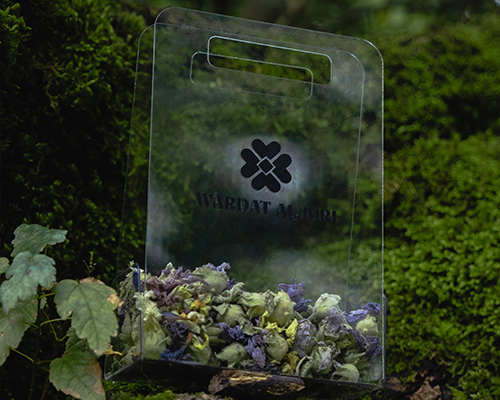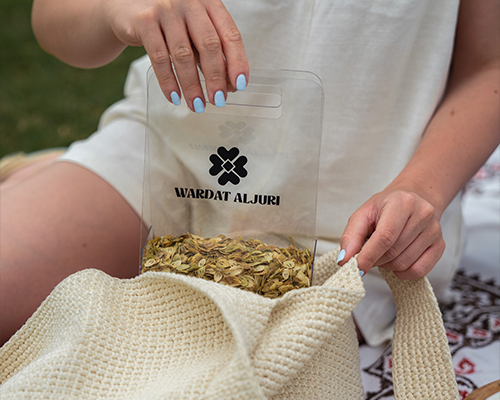Alcea rosea, commonly known as Hollyhock, is a flowering plant belonging to the Malvaceae family. The scientific name of this plant is Alcea rosea, and it is typically not associated with a specific brand name. Instead, it is commonly referred to by its common name or as “Hollyhock seeds” and “Hollyhock plants” in horticultural contexts.
The applications of Alcea rosea are primarily ornamental. Hollyhocks are valued for their tall, showy spikes of flowers, which come in a wide range of colors including pink, red, white, and purple. They are often used in garden design to add vertical interest and vibrant color to flower beds, borders, and cottage gardens. Additionally, the flowers and leaves of Hollyhocks have been used in traditional herbal remedies for their soothing and anti-inflammatory properties, although this use is less common compared to their ornamental application.

In the industry sector, Alcea rosea finds its main applications in horticulture and landscaping. It is a popular choice for garden centers and landscape designers seeking to enhance the visual appeal of gardens. Hollyhocks are also used in floral arrangements due to their striking appearance. In traditional medicine, while less prominent, the plant’s components have been used for their potential therapeutic benefits. The plant is appreciated for its adaptability to various soil conditions and its ability to thrive in full sun, making it a versatile choice for gardeners worldwide.
Alcea rosea is native to the Mediterranean region but has spread to various temperate regions across Europe and Asia. Its cultivation has extended globally due to its aesthetic appeal and adaptability, and it is now a common feature in gardens and landscapes around the world.





